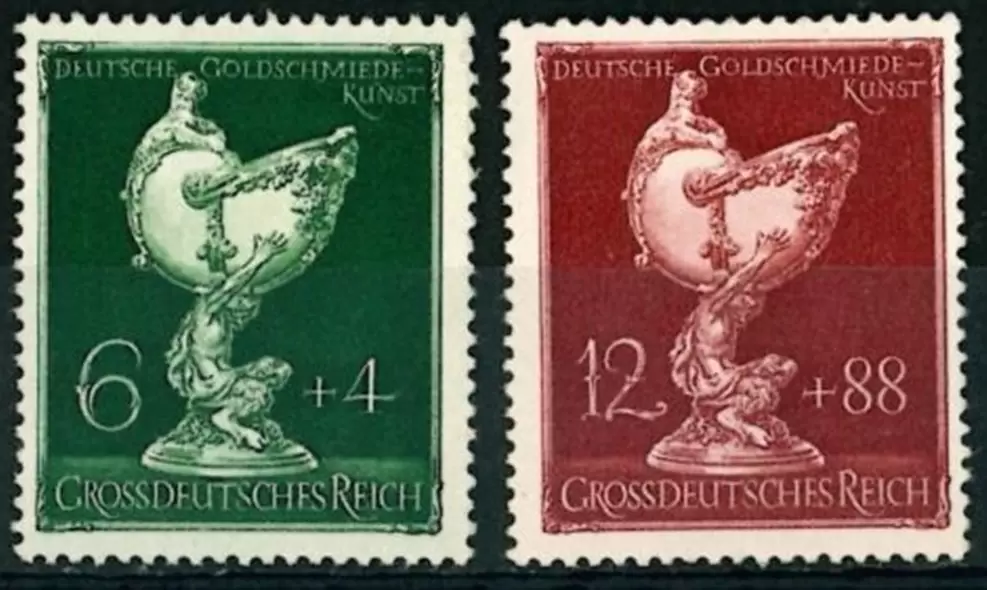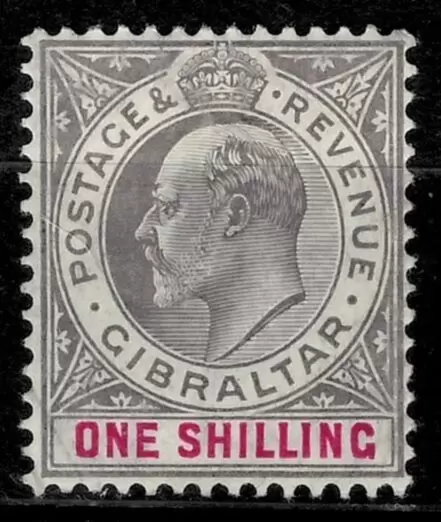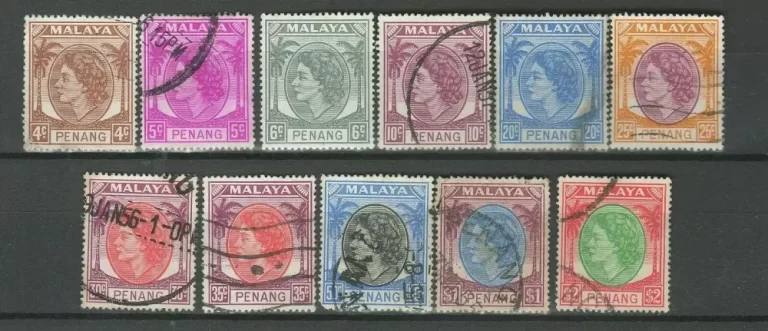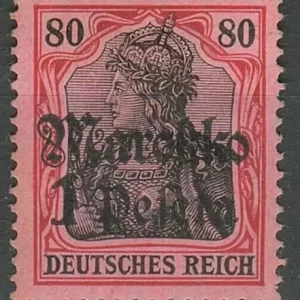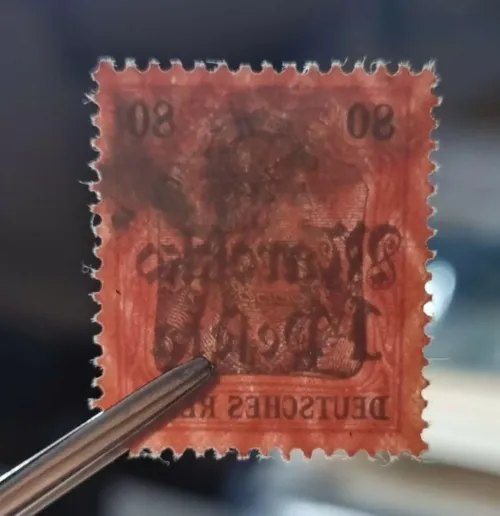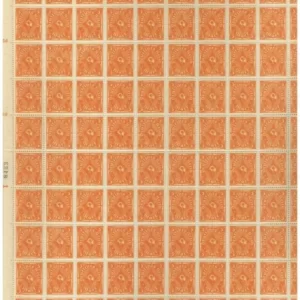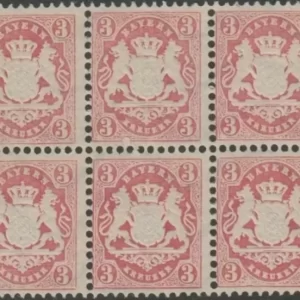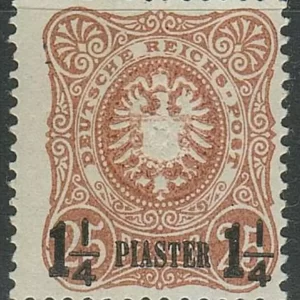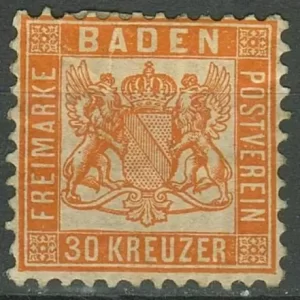German Reich year 1944 stamps Goldsmith Art – MNH complete set
- The stamps were issued on 11 September 1944.
- Catalogue numbers (in the Michel/ANK system):
- Mi 902: 6 + 4 Pfennig (face value 6 Pf + surcharge 4 Pf)
- Mi 903: 12 + 88 Pfennig (face value 12 Pf + surcharge 88 Pf)
- Motif and theme: The stamps celebrate the craft of gold- and silversmithing (“Goldschmiedekunst”), specifically the depiction of a nautilus cup/beaker (“Nautilusbecher”) from Dresden.
- Design & production: Designed by Ernst Rudolf Vogenauer, printed by the Vienna State Printing Works (“Wiener Staatsdruckerei”) using photogravure on coated paper, perforation comb K14, no watermark.
Context & significance
- The “+” surcharge indicates these are semi-postal or charity stamps: part of the face value covers postage, part goes to a cause (here associated with the goldsmiths’ society).
- Issued late in World War II (1944) under the German Reich regime; although primarily a philatelic issue, it also can be seen as part of propaganda / cultural heritage promotion of craftsmanship.
- Because of wartime conditions, issues from this period may have printing variations, gum differences, and condition becomes especially important (mint vs hinged vs used).

